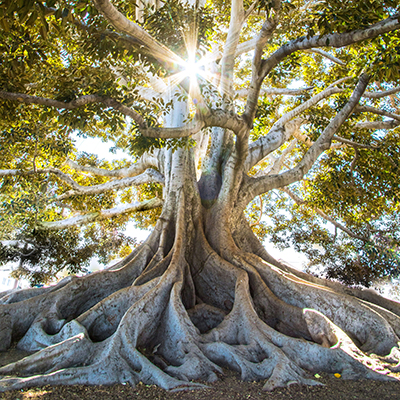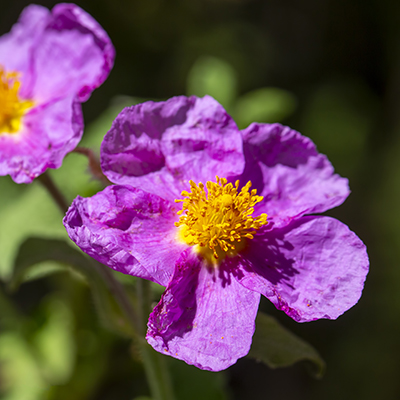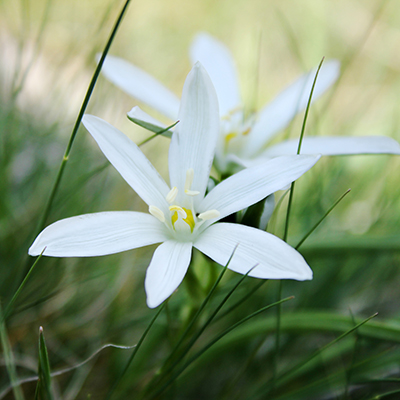Printed in the Zenith News Notes No 109 , September 2015
Plants — Introduction
Plants are more than just greenery; they are essential to human survival and deeply connected to spiritual and healing traditions. This post explores the fascinating world of plants, their symbiotic role in life, historical and cultural symbolism, and their medicinal applications in Bach Flower Remedies and Homeopathy, revealing the invisible wonders that make our natural world truly extraordinary.
The Divine Order of the Plant World
The principles in our lessons are reflected in the beauties of nature around us. As we continue to practise looking ‘into’ the world, rather than at superficial appearances, we become more and more aware of the glorious Order of the Divine Reality.

The Symbiotic Relationship Between Humans and Plants
Human beings and plants need each other. We wouldn’t be able to live on the Earth without them, and they would not survive without humanity. We breathe in oxygen and breathe out carbon dioxide. Plants take in the carbon dioxide and breathe out oxygen.
Chlorophyll: Nature’s Perfect Complement
The plant could not do anything with the carbon dioxide if it didn’t have its green sap, the chlorophyll. It retains carbon inside the plant and lets the oxygen go free. It’s the perfect, complementary arrangement.
Plants contact protein, fats and carbohydrates. Plants take protein from the earth, air and mineral world. The chlorophyll retains the carbon inside the plant and lets the oxygen go.
The mystery of the plant world must leave us in wonder. There is certainly something invisible occurring when a seed grows into a magnificent plant that gives so much to humanity.

Elemental Influences on Plants
The roots of the plant are surrounded by the nature spirits of the earth or gnome variety. They are assigned to Assiah, and the final h of hwhy. Their influence brings the mineral element of the earth into the plant root. At certain times of the year currents from cosmic space descend through the leaves, blossoms, fruits and stream into the roots and earth. Hierarchical Beings send down growth patterns and wisdom to the plant. Leaf growth is entrusted to other elementals who work in air and water.
Historical Significance of Plants
Plants and trees have been used throughout the ages for worship, ritual and symbols. Many sages carried wands, rods or staves cut from the wood of sacred trees, as with the rods of Moses and Aaron, and the consecrated rod of Hermes around which the fighting serpents entwined themselves.
The oak, pine, ash, cypress and palm are the five trees of greatest significance in worship. The Egyptians and Jews held the acacia in highest religious esteem and among modern Masons the branches of the acacia, cypress, cedar or evergreen are still regarded as the most significant emblems. The lotus remains a universal motif in Egyptian art and architecture. The roofs of many temples were upheld by lotus columns, signifying the eternal wisdom.
Plant Symbolism in Qabalah and Tarot
In the Qabalah the ‘Tree of Life’ is the prominent symbol used, and there is plant/tree symbolism inclusive in most Tarot Keys, with lilies and roses featuring throughout.

Natural Healing Powers of Plants: Homeopathy, Dr Edward Bach and his Flower Remedies
The medicinal value of herbs, flowers and roots are widely known. There were two men who were sensitive enough to ‘feel’ the essence of a plant or tree and develop healing methods that would be of great benefit to humanity; the first was Dr Edward Bach who developed the Bach Flower Remedies and the other was Samuel Hahnemann who developed Homeopathy.
Dr Bach’s method of healing resulted from his capability and sensitivity to register the healing energies of plants and trees and produce a medium through which these energies could be taken into the human body to assist or activate the healing process.

Both Bach Flowers and Homeopathy were tried and proven in order to prove their efficiency and accuracy, and involved the mixing of the original plant in a specialised manner until there was nothing left of the original, only its essence remained … this essence is what is given as a means of healing.
“The action of these remedies is to raise our vibrations and open up our channels for the reception of the Spiritual Self; … They cure, not by attacking the disease, but by flooding our bodies with the beautiful vibrations of our Higher Nature, in the presence of which, disease melts away as snow in the sunshine. There is no true healing unless there is a change in outlook, peace of mind and inner happiness.”
Dr Edward Bach
Dr Bach produced 12 remedies which can be used singly or in combination. Samuel Hahnemann produced hundreds of remedies for homeopathic use. Both men produced and developed a completely natural method of healing from the world of herbs, plants and trees, seeking remedies that would heal bodies and uplift the mental outlook.
Rescue Remedy can be bought at your local supermarket or pharmacy. Offical site: Rescue Remedy
Read more from Our Wondrous World Series: The Wonderous World: The Lotus Flower
